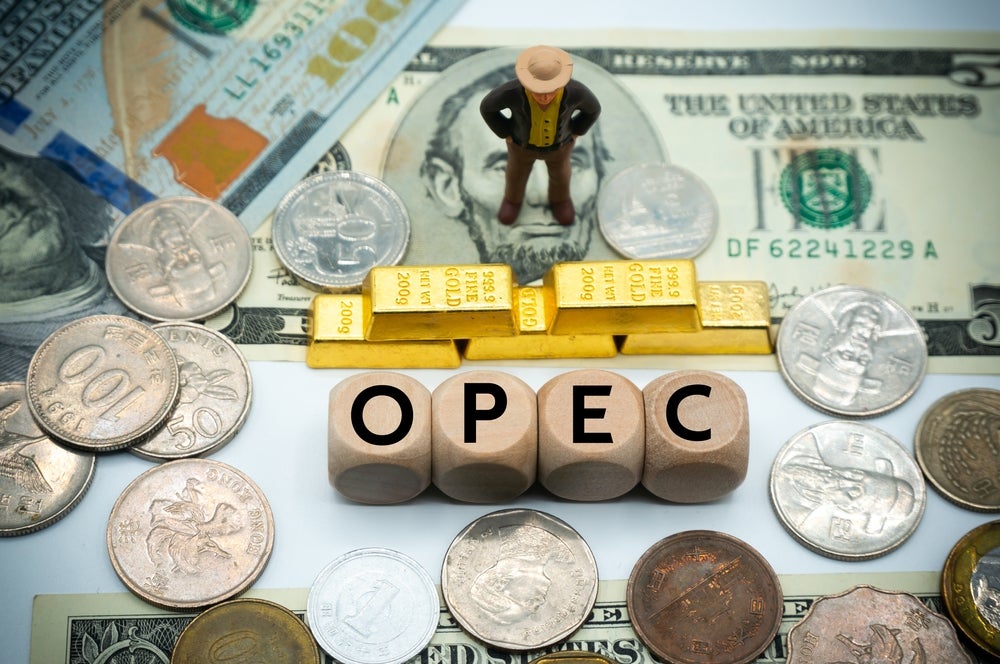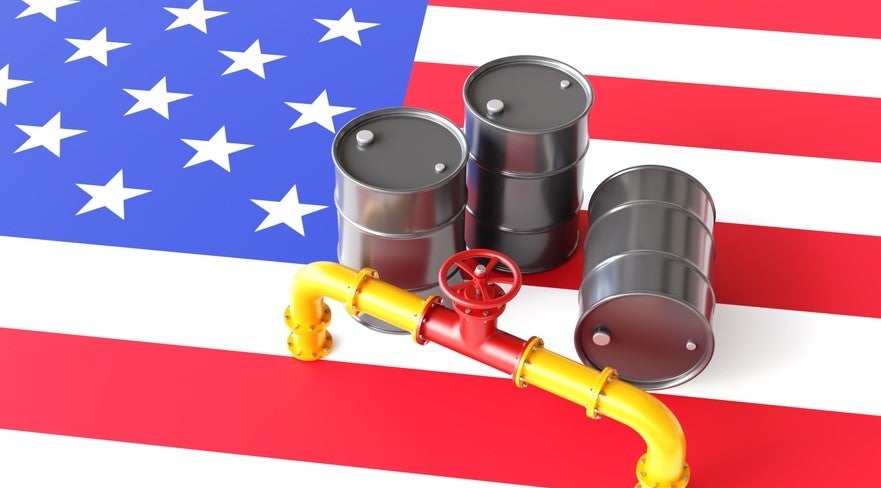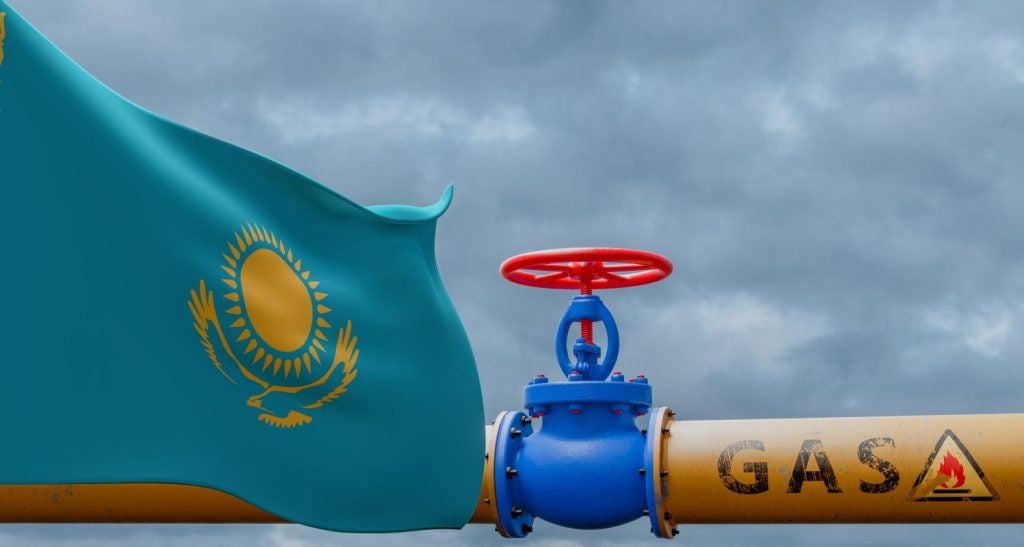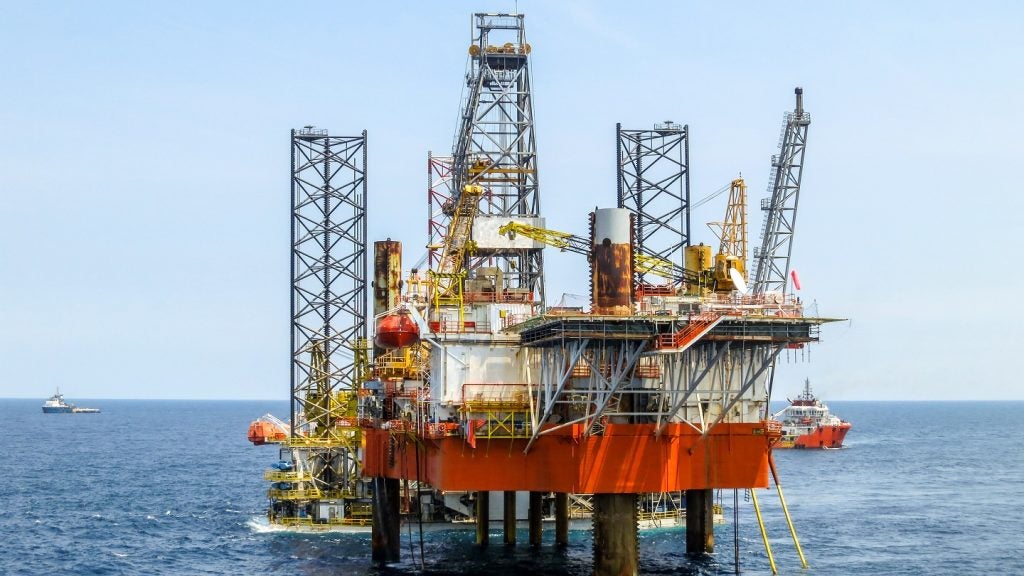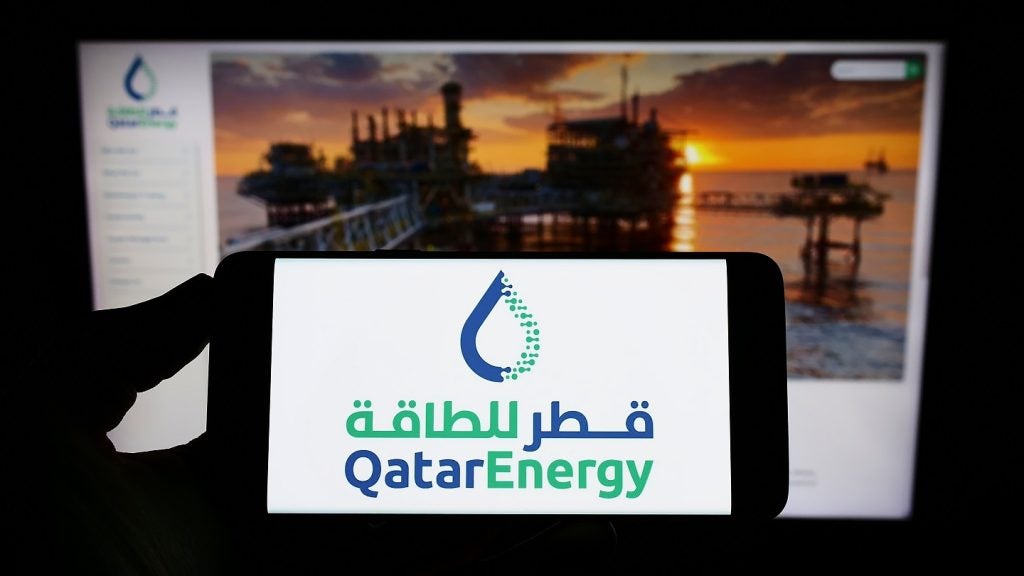Delegates for OPEC+ member nations do not expect the extended energy group’s coming monitoring session to make any changes to supply levels for the rest of the year.
The group agreed last month to begin gradually restoring to the global supply chain 2.2 million barrels a day (mbbl/d) of suspended crude output from this October.
Following an immediate price fall after the announcement, prices have since stabilised, with Brent futures back at around $85 a barrel.
According to several US media reports, the organisation’s Joint Ministerial Monitoring Committee has no plans to make any changes to output policy, citing delegates, who asked not to be identified.
Members of the enlarged group are likely to wait and see what happens over the summer months, when demand for gasoline and petroleum can fluctuate.
The group has been limiting supplies for almost two years in an effort to moderate prices and reduce excess supplies.
In June, both the Organization of the Petroleum Exporting Countries (OPEC) and OPEC+ agreed to maintain oil output reductions until 2025.
Offshore Technology reported recently that with just a few members exceeding their agreed limits, oil production from OPEC has remained constant for the third month in a row.
The intergovernmental body produced an average of just under 27mbbl/d in June, some 80,000 barrels a day (bpd) less than during the previous month.
However, the analysis showed that Iraq and the United Arab Emirates have still not fully adopted the cutbacks agreed within the group earlier this year.
In early July, Kazakhstan’s Energy Ministry announced that it will, by the end of September 2025, make allowances for surpassing its OPEC+ oil production limit in the first half of this year, demonstrating a comprehensive plan for gradual compensation aimed at placating other members of the group.
Kazakhstan, a key player among the eight OPEC+ nations, has agreed to implement additional voluntary production decreases.


